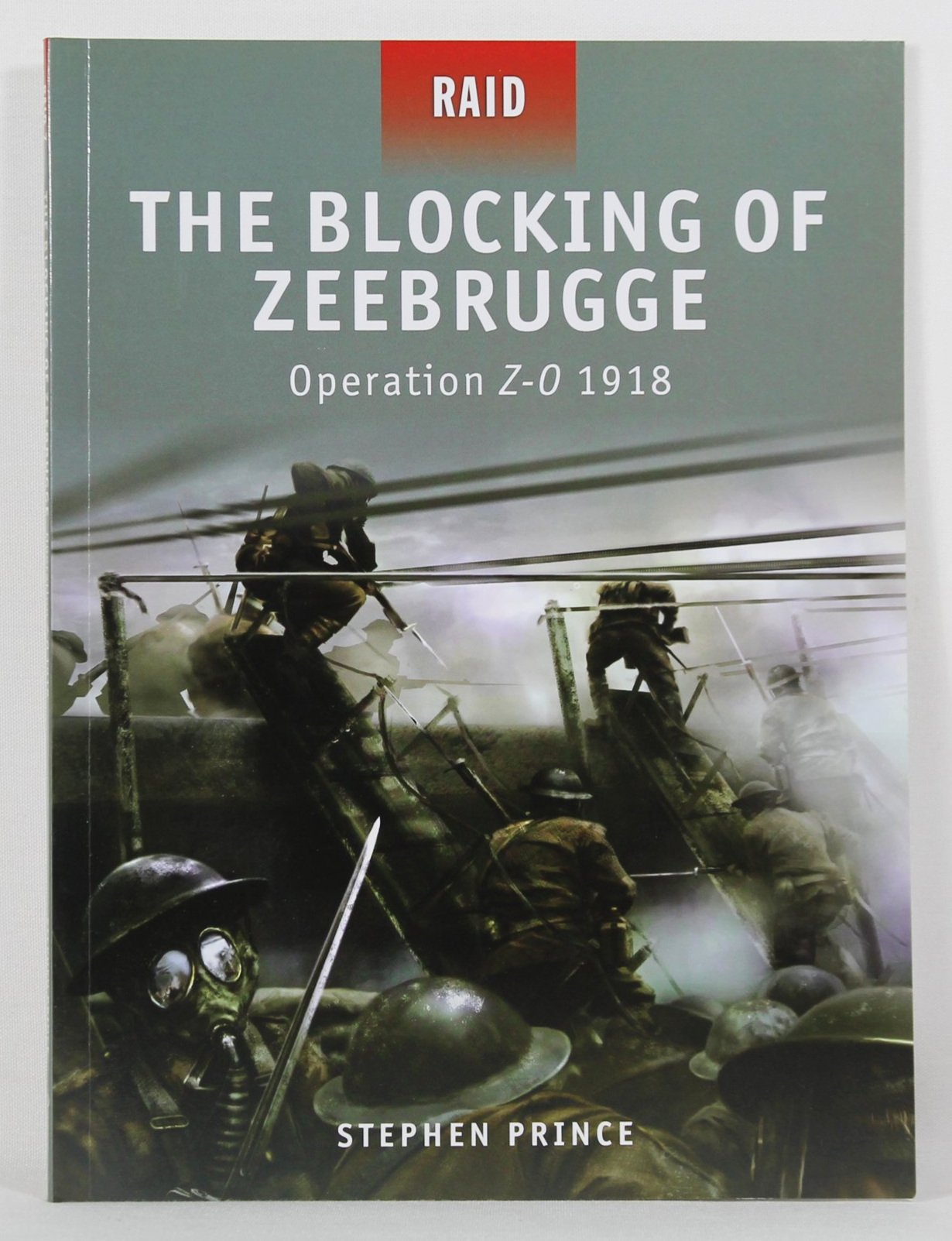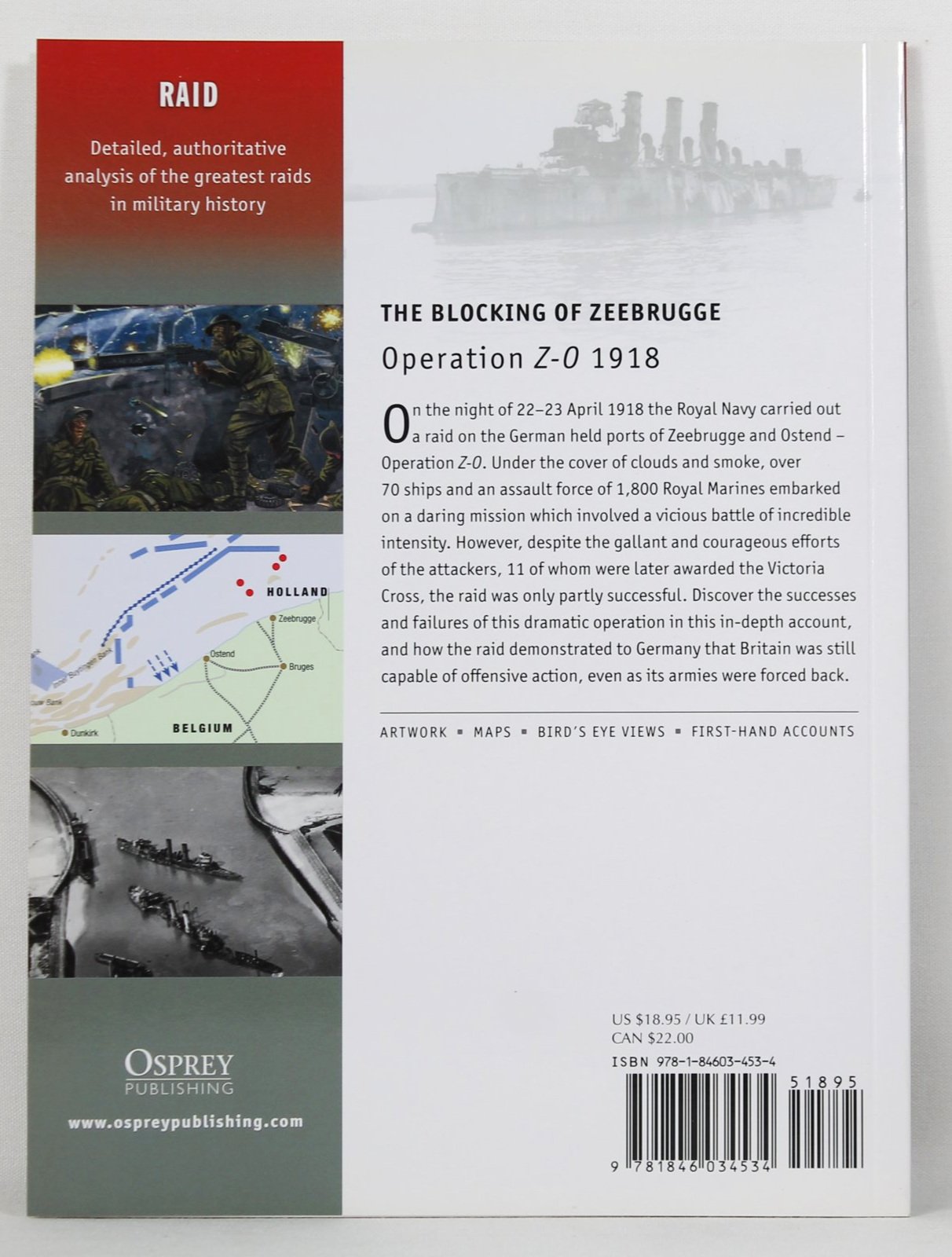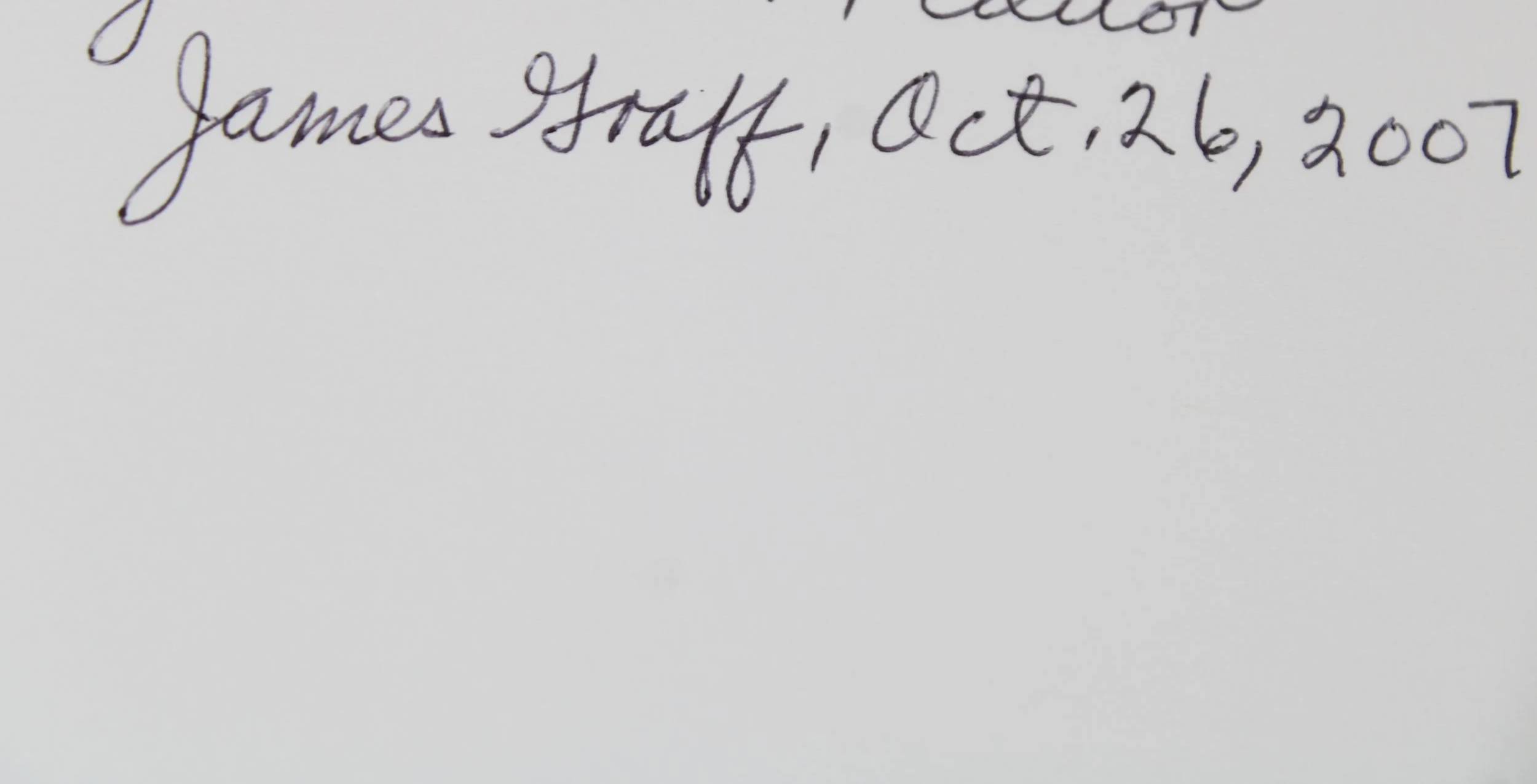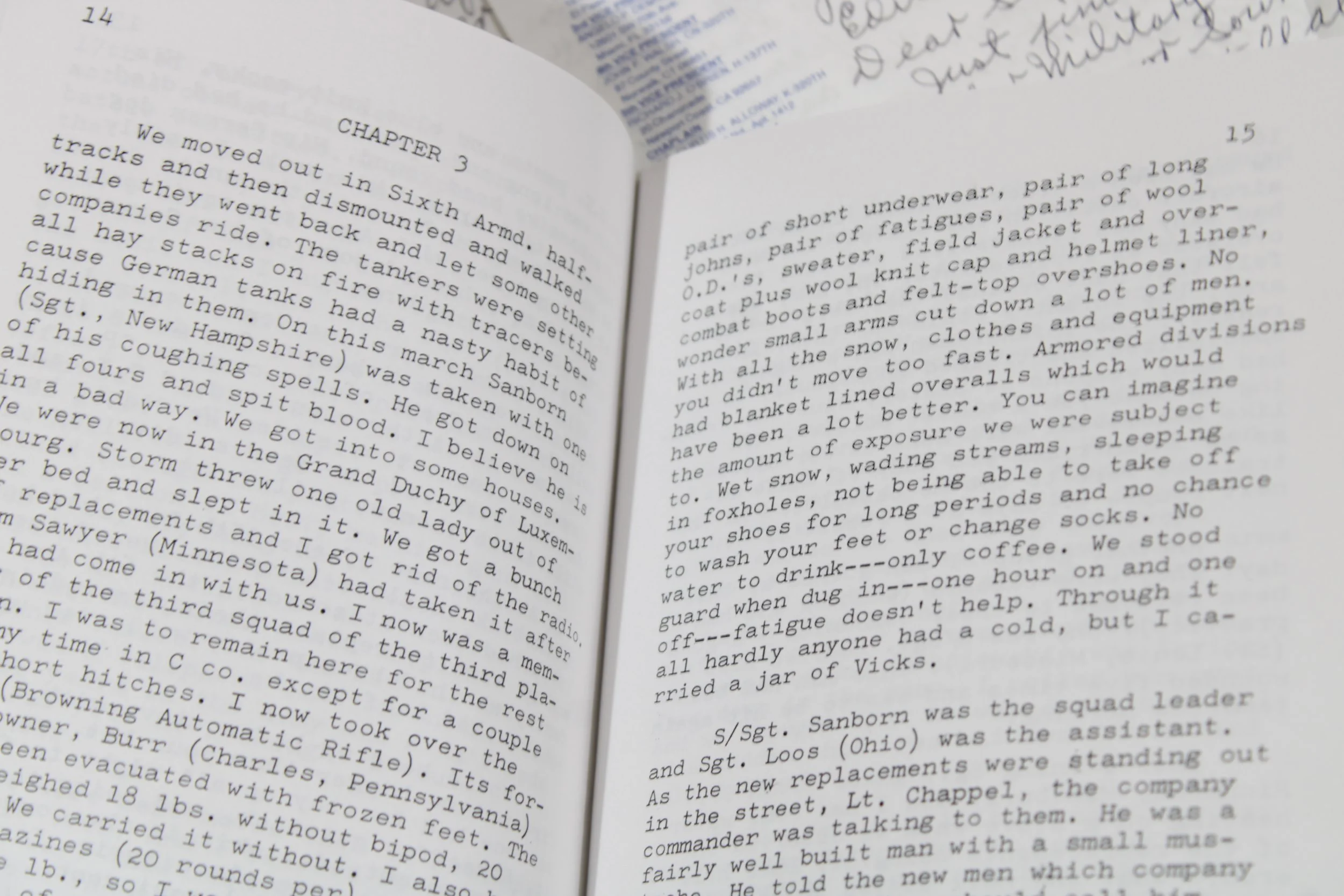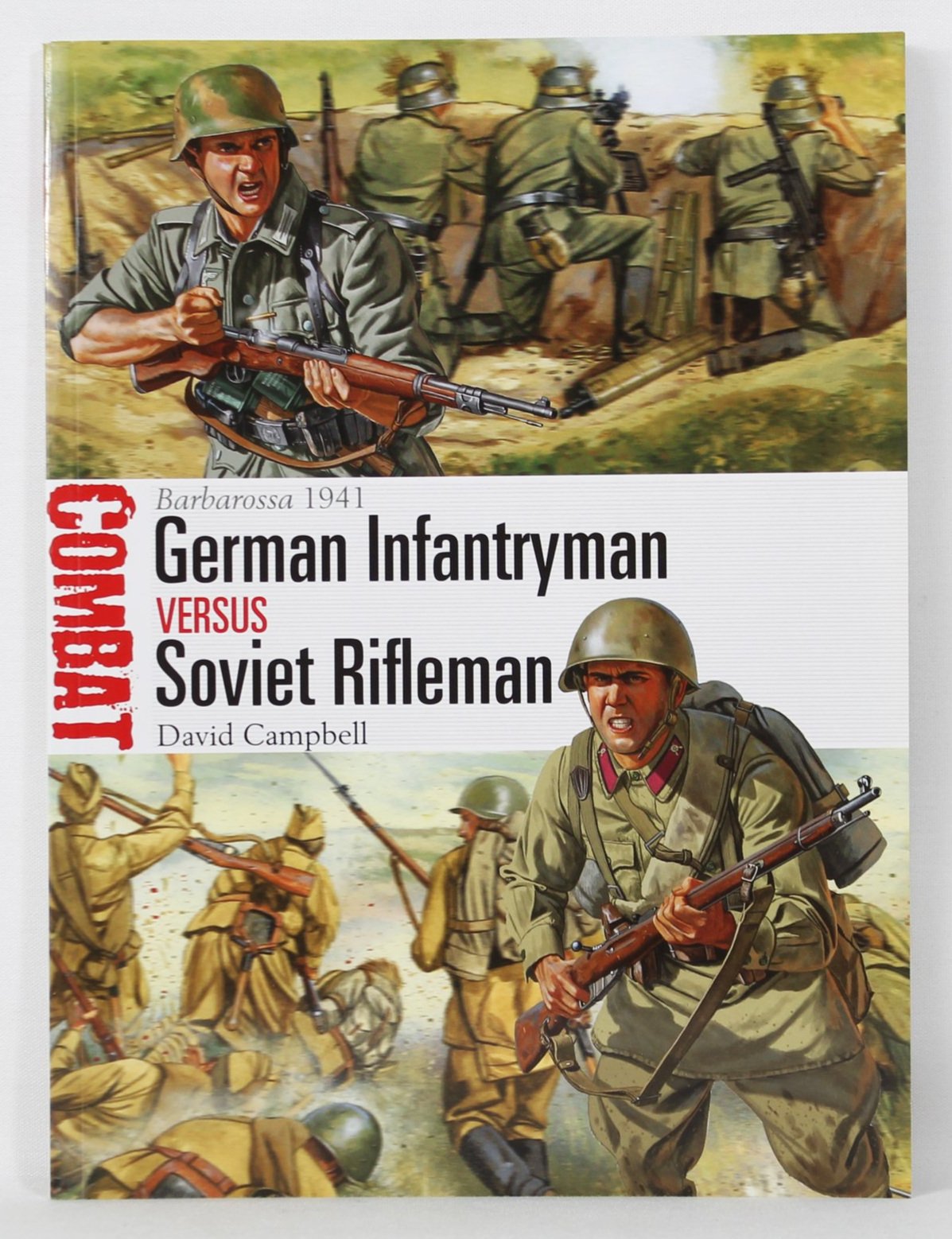 Image 1 of 3
Image 1 of 3

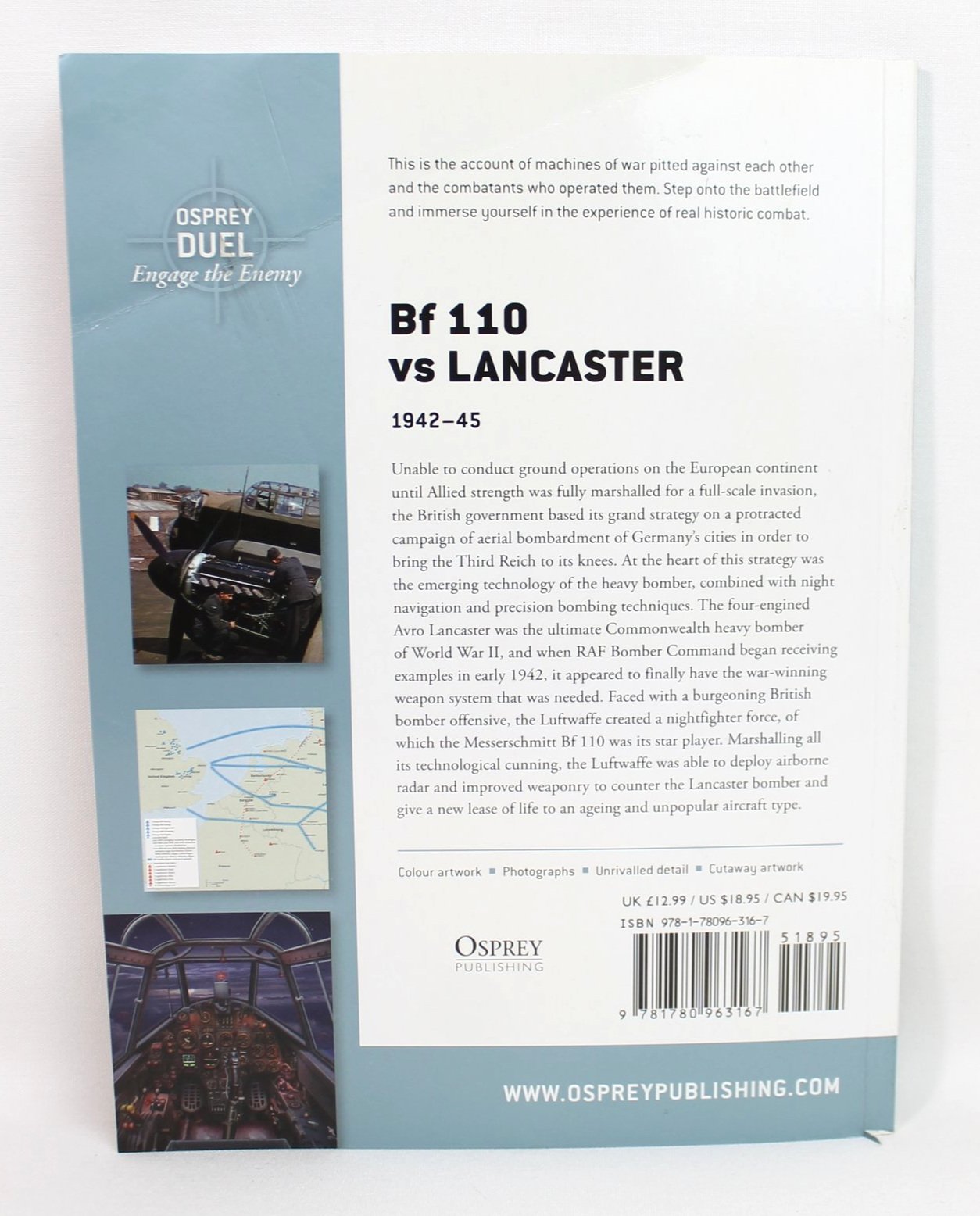 Image 2 of 3
Image 2 of 3

 Image 3 of 3
Image 3 of 3




Duel 51- Bf 110 vs Lancaster: 1942-45 by Robert Forczyk
Unable to conduct ground operations on the European continent until Allied strength was marshalled for a full-scale invasion, the British government based its grand strategy in World War II on a protracted campaign of aerial bombardment of Nazi Germany's cities in order to bring the Third Reich to its knees. At the heart of this strategy were the emerging technologies of the heavy bomber, combined with night-navigation and precision-bombing techniques. The RAF introduced the huge four-engined Avro Lancaster in 1942 and used it to spearhead this aerial offensive. In response, the Luftwaffe created an elite nightfighter force based primarily upon the Bf 110 to counter the RAF bombers. Although the Bf 110 had failed miserably as a day fighter over England in 1940, it found its niche as a nightfighter. The Luftwaffe was quick to equip it with airborne radar that allowed it to intercept and destroy Lancasters over Germany. In turn, the RAF adopted countermeasures such as the Monica rearward-looking radar to alert Lancaster crews to the approach of nightfighters. The Lancaster heavy bomber was equipped with rear and dorsal turrets that gave it some chance to drive off nightfighters employing the standard tactic of attacking from above and behind. In May 1943, though, the Luftwaffe suddenly developed a novel technical and tactical approach to attacking RAF bombers - the Schräge Musik weapon system, which mounted upward-firing 20mm cannons in a Bf 110 nightfighter. The new tactic proved amazingly successful, and British bombers could be attacked from below with no warning. Soon, the Luftwaffe decided to equip a third of its nightfighters with Schräge Musik and began to inflict grievous losses upon Lancaster bomber units in the period from August 1943 to March 1944. For its part, the RAF failed to detect the new German tactic for six crucial months, during which time its Lancaster bombers were almost defenseless against this new threat. In time, however, the German advantage of surprise was lost and the RAF developed countermeasures to deal with the new threat. The duel between upgraded Bf 110s and Lancasters in the night skies over Germany became increasingly dominated by cutting-edge technology, which would determine the efficacy of strategic bombing.
This book has 80 pages and is approx. 7-1/4” x 9-3/4”.
Unable to conduct ground operations on the European continent until Allied strength was marshalled for a full-scale invasion, the British government based its grand strategy in World War II on a protracted campaign of aerial bombardment of Nazi Germany's cities in order to bring the Third Reich to its knees. At the heart of this strategy were the emerging technologies of the heavy bomber, combined with night-navigation and precision-bombing techniques. The RAF introduced the huge four-engined Avro Lancaster in 1942 and used it to spearhead this aerial offensive. In response, the Luftwaffe created an elite nightfighter force based primarily upon the Bf 110 to counter the RAF bombers. Although the Bf 110 had failed miserably as a day fighter over England in 1940, it found its niche as a nightfighter. The Luftwaffe was quick to equip it with airborne radar that allowed it to intercept and destroy Lancasters over Germany. In turn, the RAF adopted countermeasures such as the Monica rearward-looking radar to alert Lancaster crews to the approach of nightfighters. The Lancaster heavy bomber was equipped with rear and dorsal turrets that gave it some chance to drive off nightfighters employing the standard tactic of attacking from above and behind. In May 1943, though, the Luftwaffe suddenly developed a novel technical and tactical approach to attacking RAF bombers - the Schräge Musik weapon system, which mounted upward-firing 20mm cannons in a Bf 110 nightfighter. The new tactic proved amazingly successful, and British bombers could be attacked from below with no warning. Soon, the Luftwaffe decided to equip a third of its nightfighters with Schräge Musik and began to inflict grievous losses upon Lancaster bomber units in the period from August 1943 to March 1944. For its part, the RAF failed to detect the new German tactic for six crucial months, during which time its Lancaster bombers were almost defenseless against this new threat. In time, however, the German advantage of surprise was lost and the RAF developed countermeasures to deal with the new threat. The duel between upgraded Bf 110s and Lancasters in the night skies over Germany became increasingly dominated by cutting-edge technology, which would determine the efficacy of strategic bombing.
This book has 80 pages and is approx. 7-1/4” x 9-3/4”.






